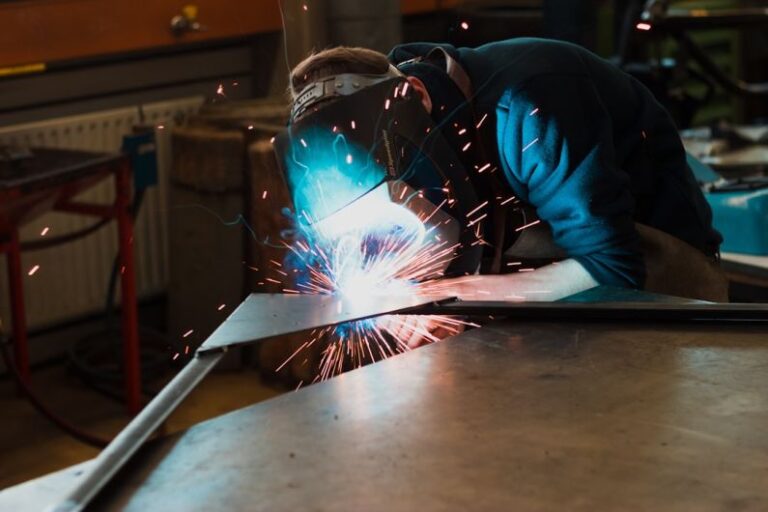Energy Recovery Systems in Tube Manufacturing
The manufacturing industry is constantly evolving to become more sustainable and eco-friendly. In recent years, energy recovery systems have emerged as a crucial technology in various manufacturing processes, including tube manufacturing. These systems play a vital role in improving energy efficiency, reducing costs, and minimizing environmental impact. Let’s delve into the world of energy recovery systems in tube manufacturing and explore their benefits and applications.
Energy Recovery Systems: An Overview
Energy recovery systems are designed to capture and reuse waste heat generated during industrial processes. In tube manufacturing, where high temperatures are often required for shaping and welding metal tubes, significant amounts of heat are produced as a byproduct. Instead of letting this heat go to waste, energy recovery systems can capture it and convert it into useful energy for other parts of the manufacturing process.
Types of Energy Recovery Systems
There are several types of energy recovery systems commonly used in tube manufacturing. One of the most popular systems is the heat exchanger, which transfers heat from hot gases or liquids to preheat incoming materials or fluids. By utilizing the heat generated during tube manufacturing, heat exchangers can reduce the energy consumption needed to reach the desired temperatures, ultimately leading to cost savings and lower carbon emissions.
Another common energy recovery system is the regenerative burner, which captures and recycles waste heat from the combustion process. Regenerative burners are often used in tube manufacturing furnaces to preheat combustion air, resulting in improved fuel efficiency and reduced energy consumption. By harnessing waste heat that would otherwise be lost, regenerative burners contribute to a more sustainable and cost-effective manufacturing process.
Benefits of Energy Recovery Systems in Tube Manufacturing
The integration of energy recovery systems in tube manufacturing offers numerous benefits for both manufacturers and the environment. By capturing waste heat and converting it into usable energy, these systems help reduce energy costs and improve overall efficiency. Additionally, energy recovery systems contribute to a decrease in greenhouse gas emissions, supporting sustainability goals and regulatory compliance.
Moreover, the implementation of energy recovery systems can enhance the competitiveness of tube manufacturers by reducing production costs and increasing operational efficiency. As energy prices continue to rise and environmental regulations become stricter, investing in energy recovery systems becomes not only a sustainable choice but also a strategic one for long-term success in the industry.
Applications of Energy Recovery Systems in Tube Manufacturing
Energy recovery systems find applications throughout the tube manufacturing process, from the initial heating of raw materials to the final cooling stages. By incorporating heat exchangers, regenerative burners, and other energy recovery technologies, manufacturers can optimize energy usage and minimize waste at every step of production.
In tube welding processes, for example, energy recovery systems can capture heat from welding operations and use it to preheat incoming tubes, reducing the energy required for welding and improving overall efficiency. Similarly, in tube forming processes that involve high-temperature operations, energy recovery systems can recycle waste heat to preheat molds or lubricants, leading to energy savings and enhanced productivity.
The Future of Energy Recovery Systems in Tube Manufacturing
As the manufacturing industry continues to prioritize sustainability and energy efficiency, the adoption of energy recovery systems in tube manufacturing is expected to grow. With advancements in technology and increasing awareness of environmental issues, manufacturers are increasingly turning to energy recovery solutions to reduce their carbon footprint and enhance their competitiveness in the market.
In the coming years, we can expect to see further innovations in energy recovery systems tailored specifically for tube manufacturing processes. From enhanced heat exchangers to more efficient regenerative burners, these technologies will play a crucial role in shaping the future of sustainable manufacturing practices. By embracing energy recovery systems, tube manufacturers can not only reduce their environmental impact but also drive operational excellence and long-term profitability in a rapidly changing industry landscape.






